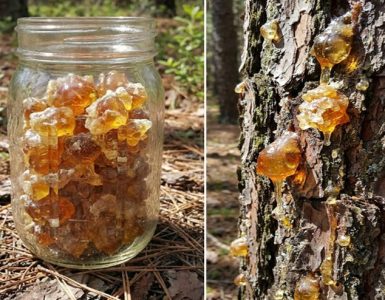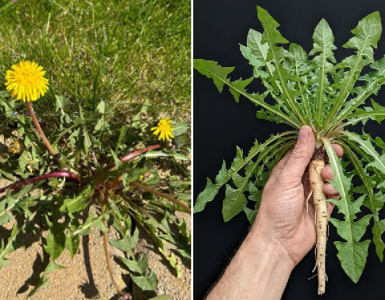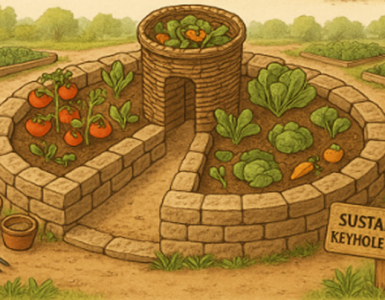Pecans, with their rich flavor and versatility, are not only a popular nut in culinary dishes but also a rewarding tree to grow at home. Whether you’re a seasoned gardener or a novice enthusiast, cultivating pecans can be a fulfilling and enjoyable experience. In this guide, we’ll explore the steps to successfully grow pecan trees in your own backyard.
- Selecting the Right Variety:
Before planting pecans, it’s essential to choose the right variety for your climate and space. Pecan trees come in various cultivars, each with its unique characteristics, including size, nut flavor, and cold hardiness. Consult with local nurseries or agricultural extension services to determine which pecan variety is best suited for your region. - Choosing a Suitable Location:
Pecan trees thrive in full sun and well-drained soil. Select a location in your yard that receives at least 6-8 hours of direct sunlight daily. Ensure the soil is rich in organic matter and has good drainage to prevent waterlogging, which can lead to root rot. Adequate spacing between trees is also crucial to allow for proper airflow and sunlight penetration. - Planting Process:
Prepare the planting site by digging a hole twice as wide and just as deep as the tree’s root ball. Gently remove the tree from its container and place it in the center of the hole. Backfill the hole with soil, ensuring the tree is planted at the same depth as it was in the container. Water the newly planted tree thoroughly to settle the soil and remove any air pockets around the roots. - Watering and Fertilizing:
Proper watering is essential, especially during the tree’s establishment phase. Keep the soil consistently moist but not waterlogged, particularly during hot, dry periods. Apply a balanced fertilizer formulated for nut trees in early spring to promote healthy growth and fruit production. Monitor soil moisture regularly and adjust watering as needed based on weather conditions. - Pruning and Maintenance:
Regular pruning is essential to shape the tree, remove dead or damaged branches, and encourage air circulation within the canopy. Prune pecan trees during the dormant season to minimize stress and promote vigorous growth. Additionally, mulching around the base of the tree helps retain moisture, suppress weeds, and improve soil fertility. - Pest and Disease Management:
Keep an eye out for common pests and diseases that can affect pecan trees, such as pecan scab, aphids, and pecan weevils. Implement cultural practices, such as proper sanitation and regular inspections, to prevent infestations. Consider using organic or chemical control methods if pest or disease pressure becomes severe, ensuring to follow label instructions carefully. - Harvesting and Enjoying Pecans:
Pecan trees typically take several years to mature and produce nuts. Once the tree begins bearing fruit, harvest pecans when the outer husks split open, revealing the mature nuts inside. Gather fallen nuts promptly to prevent spoilage and store them in a cool, dry place for long-term preservation. Enjoy freshly harvested pecans in various culinary delights, from pies and cookies to savory dishes and salads.
By following these steps and dedicating time and care to your pecan trees, you can successfully cultivate these prized nuts right in your own backyard. Planting and nurturing pecans not only provide delicious, homegrown nuts but also contribute to a thriving and sustainable landscape for years to come.






Add comment